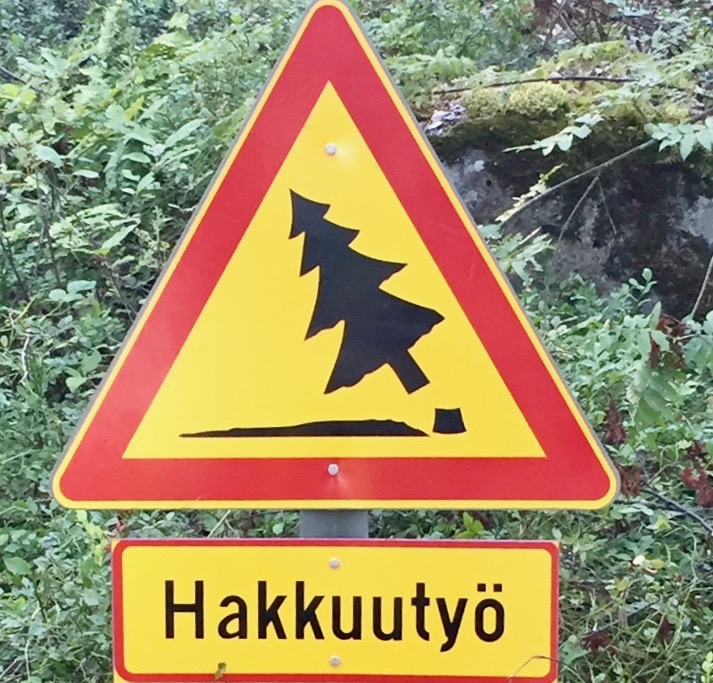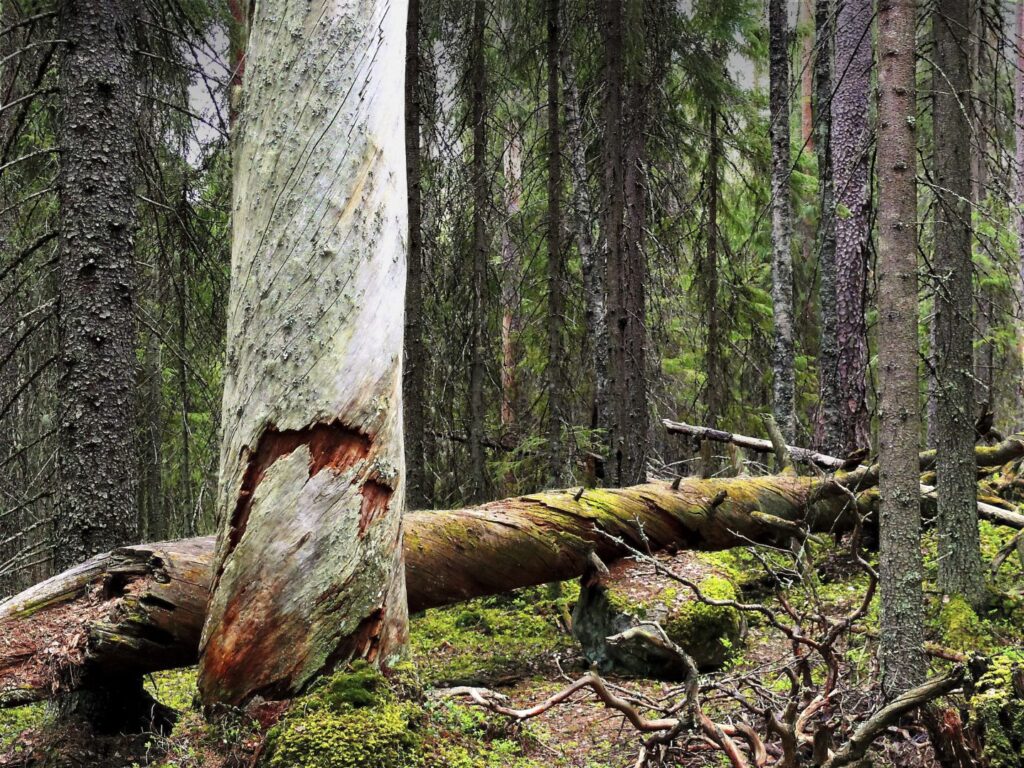Ympäristöjärjestöjen kirje EU:lle metsästrategiasta
–
EU:n metsästrategia julkistetaan 20.7.2021. Ympäristöjärjestöt puolustivat sen ympäristötavoitteita keräämällä nopeasti 68 järjestön kirjelmän. Luonnonsuojeluliitto oli mukana Suomesta.

28.6.2021
The Forest Strategy must support people, nature and the climate, and not bow to industry pressure
The European Commission is set to release its new forest strategy on 20 July, and the European industrial forestry lobby is pushing hard for it to focus on their narrow short-term financial interests. The undersigned organisations call on the Commission to stand strong and ensure the Strategy signals a shift towards nature protection and action to tackle the climate crisis.
European forests are in a dire state
Increased harvesting and clear cuts mean that Europe’s forests are absorbing 15 per cent less
carbon dioxide than they were 20 years ago. And things are getting worse. Healthy biodiverse forests are being replaced by monocultures: an area larger than Greece (14.5 million hectares) is now covered by tree-plantations. If current management practices continue, by 2050 the EU forest sink will be halved.
But it’s not just nature that’s suffering. The extractive forestry industry is harming small businesses and communities, undermining diversified and sustainable rural development and threatening Indigenous Sámi peoples’ livelihoods.
The Forest Strategy could curtail such destruction and even turn it around, but the forest industry lobby seems intent on ensuring that this doesn’t happen.
Following the leak of the draft forest strategy, their fierce lobbying has seen them go as far as arguing that action on forests could fuel anti-EU rhetoric and nationalism!
But in reality, recent polls have shown that European citizens are desperate to see an end to their forests being clear-cut or killed due to mismanagement and the climate crisis.
The lack of transparency over how forest management decisions are made has also spurred
controversy and protests in many Member States (see examples below). Time and again the EU has pledged to be climate leaders and yet industrialised forest management is destroying biodiversity and reducing our ability to reach EU and global climate goals.
The Commission therefore needs to shape a forest policy that will work for nature, the climate and communities.
The Forest Strategy is the key opportunity to do this. The Commission could use it to open up EU decision-making on forests so that EU citizens feel more involved. It must place biodiversity at its core, and include clear binding targets to assess progress towards greater sustainability
To ensure the Forest Strategy helps achieve the EU’s international commitments it should:
- Include new initiatives to end bad industry practices and address the drivers of logging: The Strategy cannot incentivise intensive forest management and increased harvesting in the name of the bio-economy and at the same time
achieve climate and biodiversity objectives
A focus on differentiating harvested wood products will do nothing to solve market failures like allowing green subsidies to encourage harmful forest bioenergy.
- Set binding targets to restore biodiversity in managed forests with positive incentives for forest owners to deliver on clear ecological benchmarks: Many certification schemes do not focus on addressing the root of unsustainable practices. They are not strong enough to counterbalance weak forest laws and poor governance, hence the need for binding targets. The Strategy should promote close-to-nature management, not limit biodiversity goals to protected areas.
- Mandate EU-wide Forest Management Plans with common indicators and reporting standards: If the EU had comparable information across EU forests they would be able to monitor progress towards forest restoration goals. The EU presently receives a snapshot of degradation in protected areas, but the Strategy should require Member States to send in the wider data that they are already compiling but not yet sharing.
- Use satellite data to produce annual dashboards on EU forestry: Expert working groups, including EU Member State representatives are developing criteria on less intensive forest management and mapping and protecting old-growth forests. These could be stronger if informed by frequent monitoring using real-time data and crossreferencing with data from the ground.
- Create an EU expert group with broad stakeholder representation to discuss EU forest initiatives: The expert group should include Member State representatives from relevant ministries, civil society, Indigenous Peoples (European and national), academics and forestry actors. There should be an open space for civil society to raise concerns and Member State dialogues to debate EU forest policy.
- Revise the Renewable Energy Directive (RED) and the Land Use, Land Use Change and Forestry (LULUCF) Regulation: The Strategy also needs to pay close attention to other EU policies that in its current form have adverse climate and biodiversity impacts. The EU should also consider new legislation to establish EU binding restoration targets.
Allekirjoittajana 68 järjestöä 20 EU:n jäsenmaasta, mm. SLL.
Kirjeen logollinen versio FERNin sivuilla.
Lisätietoja
Toiminnanjohtaja
Tapani Veistola
- tapani.veistola(a)sll.fi


